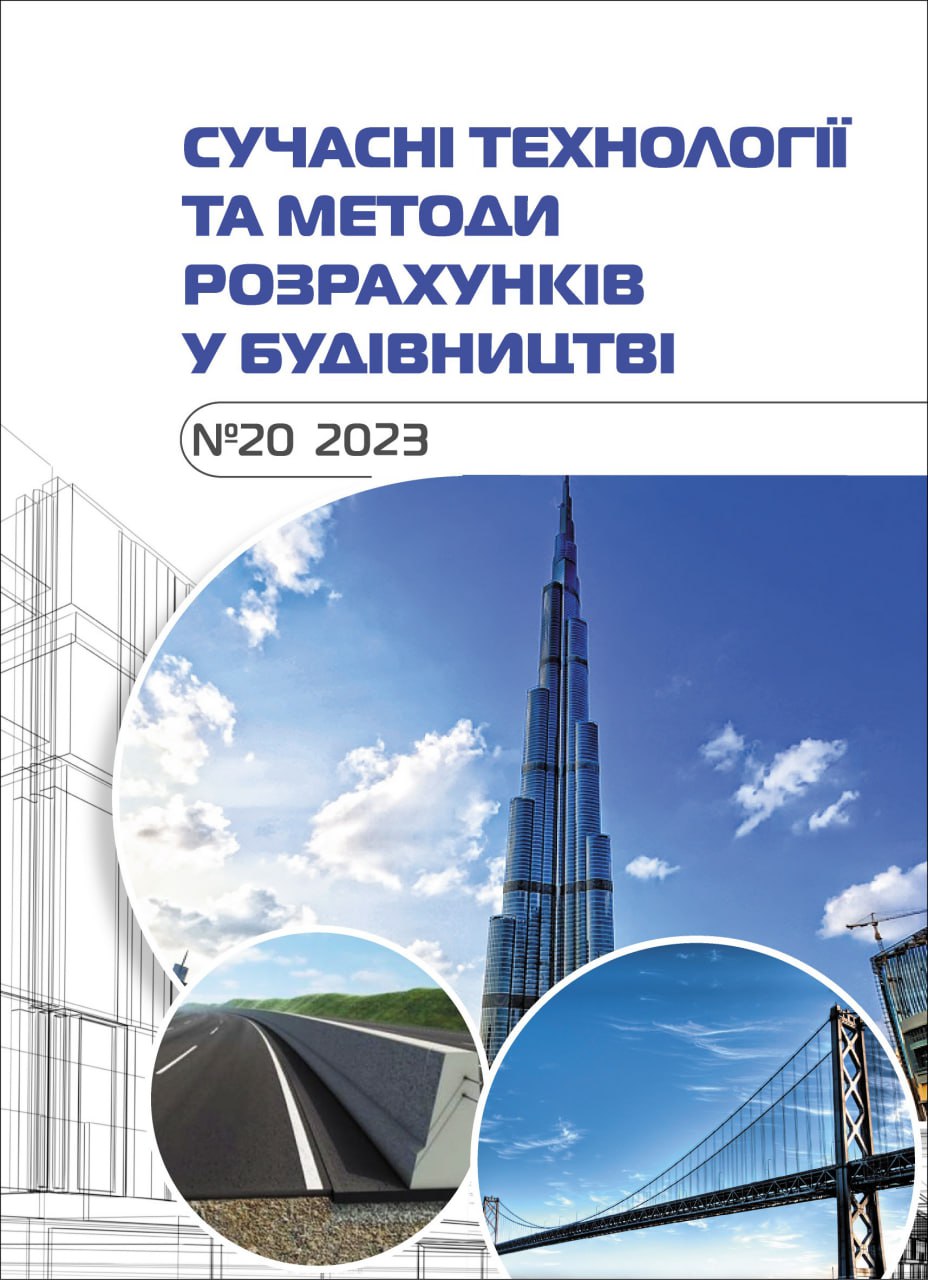Remote sensing monitoring of thermal conditions in cities: theoretical background
Abstract
A phenomenon known as the Urban Heat Island (UHI) has been observed in cities around the world since the 1800s. Meteorological services in different countries systematically record air temperatures at different locations. However, the complicated spatial arrangement of surfaces in urban areas makes it difficult or even impossible to estimate local changes in surface temperature based on these data alone. For such assessments, satellite images are used to determine the Land Surface Temperature (LST). This indicator is a key factor that affects air temperature and is also used to create maps of the spatial distribution of temperature characteristics of the earth's surface. Remote thermal infrared sensor data allows for the analysis of the earth's surface temperature in both spatial and temporal dimensions, even at the global level. The accuracy of the determination depends on atmospheric effects, sensor parameters such as spectral range and viewing angle, as well as surface parameters such as emissivity and geometry. Since emissivity and atmospheric effects are key factors, many researchers have developed various techniques to account for these factors. In this paper, three algorithms for determining the land surface temperature (LST) - the single window algorithm, the single channel algorithm, and the radiation transfer equation method - as well as three NDVI-based models - the Van de Groen and Ouwe model, the Valor and Caselles model, and the NDVI threshold model - are reviewed.
The use of remote sensing data on land surface temperature (LST) and land surface emissivity (LSE) in the study of urbanized areas has a wide range of applications. LST measurements allow for determining the thermal regimes of different city districts, which can be useful in the development of master plans and urban design. LST data helps to identify and study urban thermal inversions depending on the types of buildings and the presence of green areas, which is important for analyzing the microclimate and air quality in cities.
The LST study can serve as a basis for determining thermal comfort and identifying areas where measures to improve the urban environment should be implemented. Monitoring changes in LST allows us to study the development of urbanized areas and their impact on the environment.








